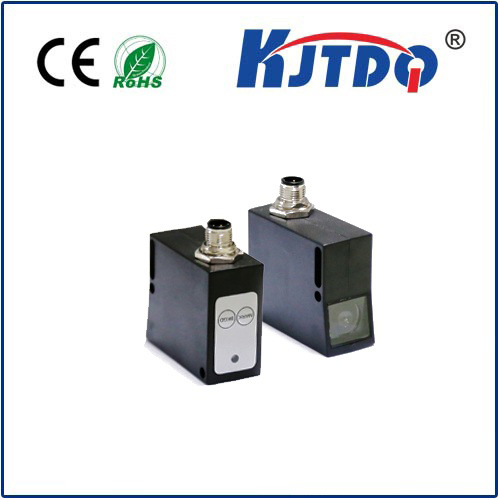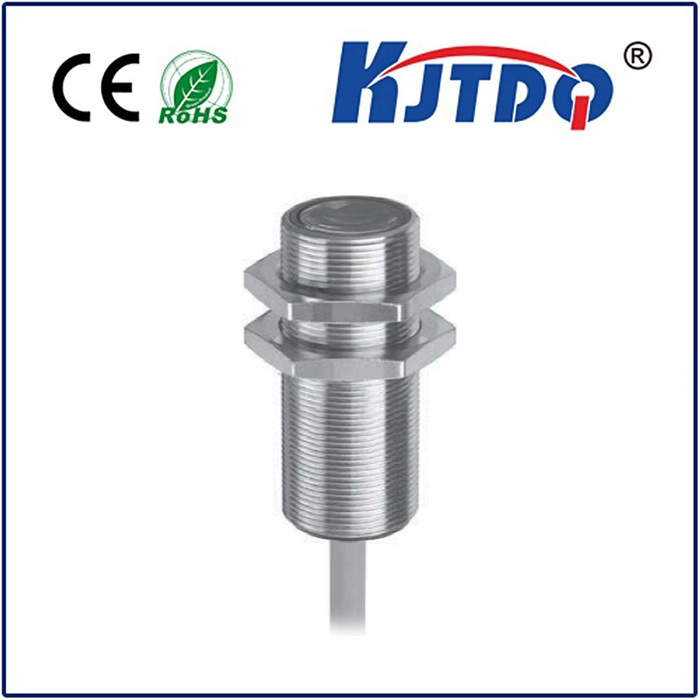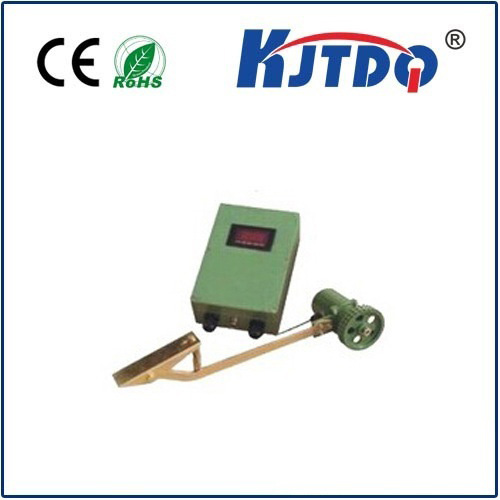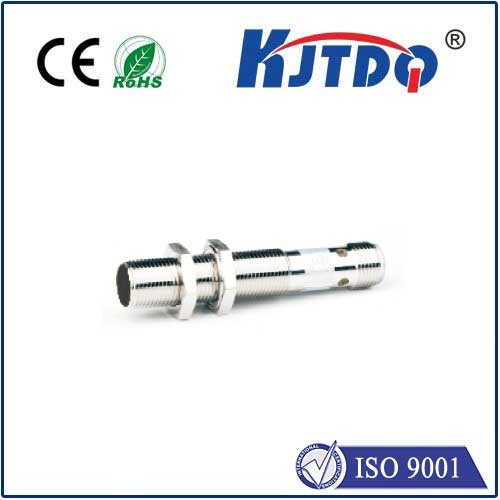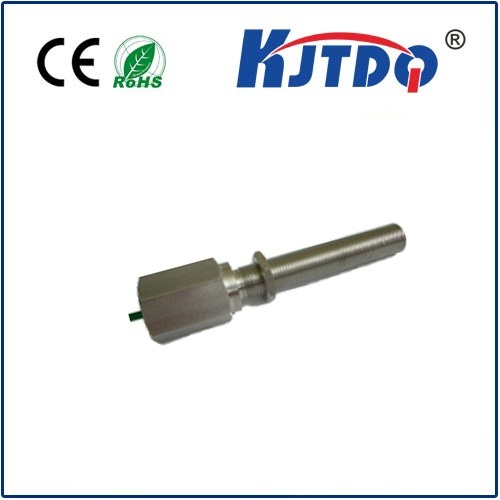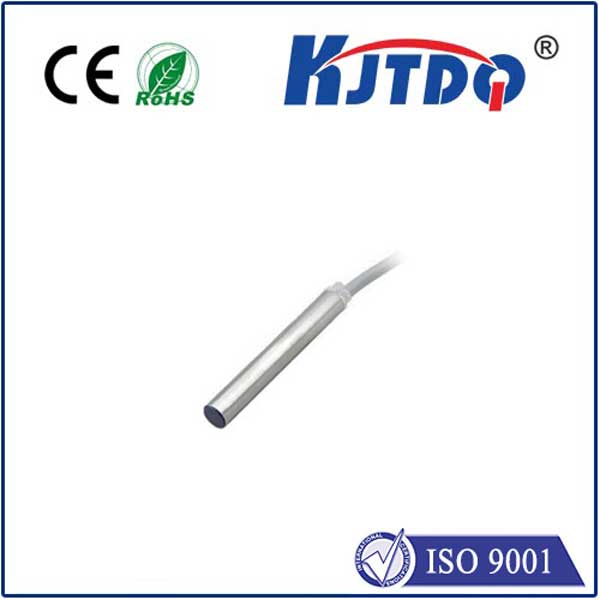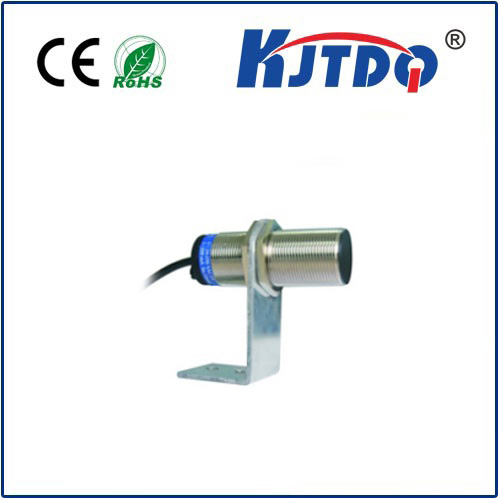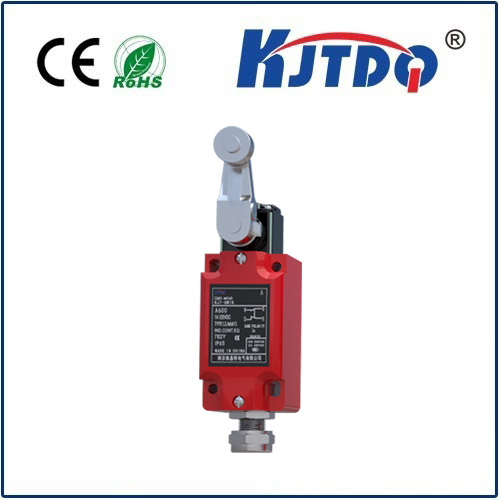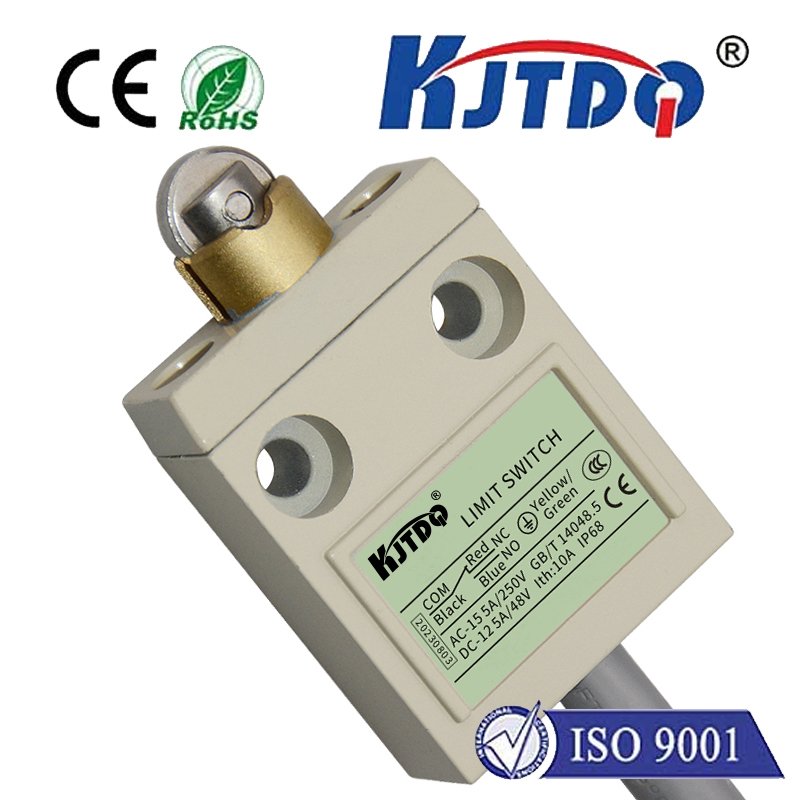индукционный датчик дальности
- time:2025-06-13 03:00:49
- Нажмите:0
Inductive Distance Sensors: Unlocking Precision Industrial Automation
In an era demanding unprecedented levels of accuracy, speed, and reliability on the factory floor, traditional measurement methods often fall short. Enter the индукционный датчик дальности – a robust, non-contact workhorse quietly revolutionizing industrial automation. These ingenious devices provide crucial feedback on position, displacement, and presence, enabling smarter machines and more efficient processes. But how do they achieve this seemingly magical feat without physical touch? Understanding their fundamental principles and diverse applications is key to appreciating their indispensable role in modern manufacturing and beyond.
The Core Principle: Harnessing Eddy Currents
At the heart of every inductive distance sensor lies the elegant application of electromagnetic induction. Here’s the simplified magic:
- Generating the Field: An energized coil housed within the sensor’s active face creates an oscillating high-frequency electromagnetic field that extends into the space in front of it.
- The Eddy Current Effect: When a conductive target (most commonly ferrous metals like steel or iron, but also non-ferrous metals like aluminum or copper) enters this field, it induces swirling electrical currents called eddy currents within the target material. This is a direct consequence of Faraday’s Law of Induction.
- Energy Loss and Damping: The formation of these eddy currents consumes energy from the sensor’s oscillating field. This energy loss manifests as a damping or loading effect on the sensor’s coil circuit.
- Measuring the Change: The sensor’s sophisticated electronics constantly monitor the characteristics of its own electromagnetic field – specifically, the change in amplitude (or sometimes frequency or phase shift) caused by the damping effect of the eddy currents.
- Distance Correlation: Crucially, the strength of this damping effect is directly proportional to the distance between the sensor’s active face and the target object. The closer the target, the stronger the eddy currents, and the greater the damping. By precisely measuring this damping, the sensor accurately calculates and outputs the corresponding distance measurement.
Key Advantages: Why Choose Inductive Sensing?

The underlying physics translates into a compelling set of advantages that make inductive distance sensors ideal for harsh industrial environments:
- Non-Contact Operation: Eliminates mechanical wear and tear on both the sensor and the target, ensuring exceptionally long service life and consistent accuracy. No friction, no sticking.
- Robustness & Durability: Typically housed in robust metallic casings (like stainless steel) and often potted with epoxy, they are highly resistant to shock, vibration, dust, dirt, oil, coolants, and even high-pressure washdowns (IP67/IP68/IP69K ratings are common). This makes them far more resilient than many optical or capacitive alternatives in challenging conditions.
- High Resolution and Repeatability: Modern sensors offer superb repeatability (consistency in repeated measurements) and fine resolution, capable of detecting minute distance changes – critical for precision machining, positioning, and quality control.
- High Switching Frequencies: They can respond incredibly quickly to changes in target position (kHz range), enabling high-speed process monitoring on fast-moving production lines.
- Unaffected by Surface Conditions: Unlike optical sensors, they perform reliably regardless of surface color, transparency, or the presence of oil, dust, or water films (as long as it doesn’t form a conductive bridge). They care about conductivity, not optics.
- Reliable Metal Detection: Inherently designed to detect metallic objects, making them perfect for tasks like distinguishing metal parts from backgrounds or ensuring component presence in fixtures.
Common Variants and Outputs
While the core principle remains the same, inductive distance sensors come in various form factors and output types to suit different needs:
- Analog Output Sensors: Provide continuous distance information proportional to the measured gap. Common output signals include voltage (0-10V) and current (4-20mA). Essential for tasks requiring continuous position feedback, such as monitoring valve spool position, controlling roll gaps, or guiding robotic arms.
- Switching/Digital Output Sensors: Function as proximity switches, providing a simple ON/OFF signal when a target enters their preset detection range (switching distance). Widely used for object detection, part counting, and end-position verification. IO-Link variants are increasingly common, adding powerful digital communication for configuration, diagnostics, and enhanced data access.
- Form Factors: Cylindrical (threaded barrel) styles are ubiquitous. Also available in rectangular block designs or specialized shapes for integration into specific machine cavities.
Where Inductive Distance Sensors Shine: Application Highlights
Their unique blend of features makes them indispensable across countless industrial sectors:
- Precision Machine Tools (CNC): Monitoring spindle displacement, tool wear compensation (measuring tool length or diameter changes), workpiece positioning, and backlash detection in ball screws with exceptional accuracy.
- Hydraulic & Pneumatic Systems: Providing real-time feedback on cylinder piston position (even internally via special targets), valve spool position detection, and monitoring fluid levels (using a float with a metallic element).
- Assembly Automation & Robotics: Ensuring precise component placement, verifying part presence or absence in fixtures or pallets, controlling end-effector positioning, and providing robot guidance feedback.
- Material Handling & Packaging: Detecting metal parts on conveyors, controlling filling levels (via metallic dip sticks or floats), monitoring roll diameter in winding applications, and verifying can/bottle lid presence.
- Quality Control & Metrology: Employed in gauging stations for dimensional checks (thickness, runout, concentricity, flatness), detecting minute vibrations, and verifying component tolerances. Their non-contact nature prevents part marking or distortion.
- Heavy Industry (Metal Forming, Rolling Mills): Monitoring roll gaps and positions under extreme conditions of heat, pressure, and vibration where few other sensor types can survive. End position detection on massive presses and rolling stands.
- Automotive Manufacturing: Ubiquitous throughout engine assembly, transmission lines, welding stations, and final assembly for presence detection, precise positioning, and quality verification.
Considerations and Best Practices
To maximize the performance of your inductive distance sensors:
- Target Material Matters: While ferrous steel offers the longest sensing ranges, non-ferrous metals like aluminum, copper, or brass require shorter ranges. Sensor specifications clearly state the reduction factor (e.g., 1 for steel, 0.3-0.5 for aluminum). Always confirm the target material.
- Target Size and Shape: The target must be large enough relative to the sensor’s active face diameter to ensure full field interaction. Irregular shapes may cause slight measurement deviations compared to flat targets.
- Mounting and Flush Installation: For accurate distance measurement, especially with analog sensors, ensure the sensor is correctly positioned relative to the target movement axis. Many cylindrical sensors are designed for flush mounting in metal, but require a non-conductive (e.g., plastic) bushing to function correctly when surface-mounted.
- Operating Temperature Range: While robust, ensure the sensor’s specified temperature range matches the application environment, especially in high-heat foundries or cold storage.
- Hysteresis: Switching sensors exhibit a small difference between the switch-on point (as the target approaches) and the switch-off point (as the target moves away). Factor this hysteresis into placement if detecting very near targets.
The индукционный датчик дальности stands as a testament to the powerful application of fundamental physics to solve real-world industrial challenges. Its unique combination of ruggedness, reliability, precision, and non-contact operation makes it an irreplaceable component in the quest for smarter, faster, and more efficient automation. From the micron-level precision of semiconductor manufacturing to the punishing environment of a steel mill, these sensors provide the critical feedback loop that drives modern industry.

